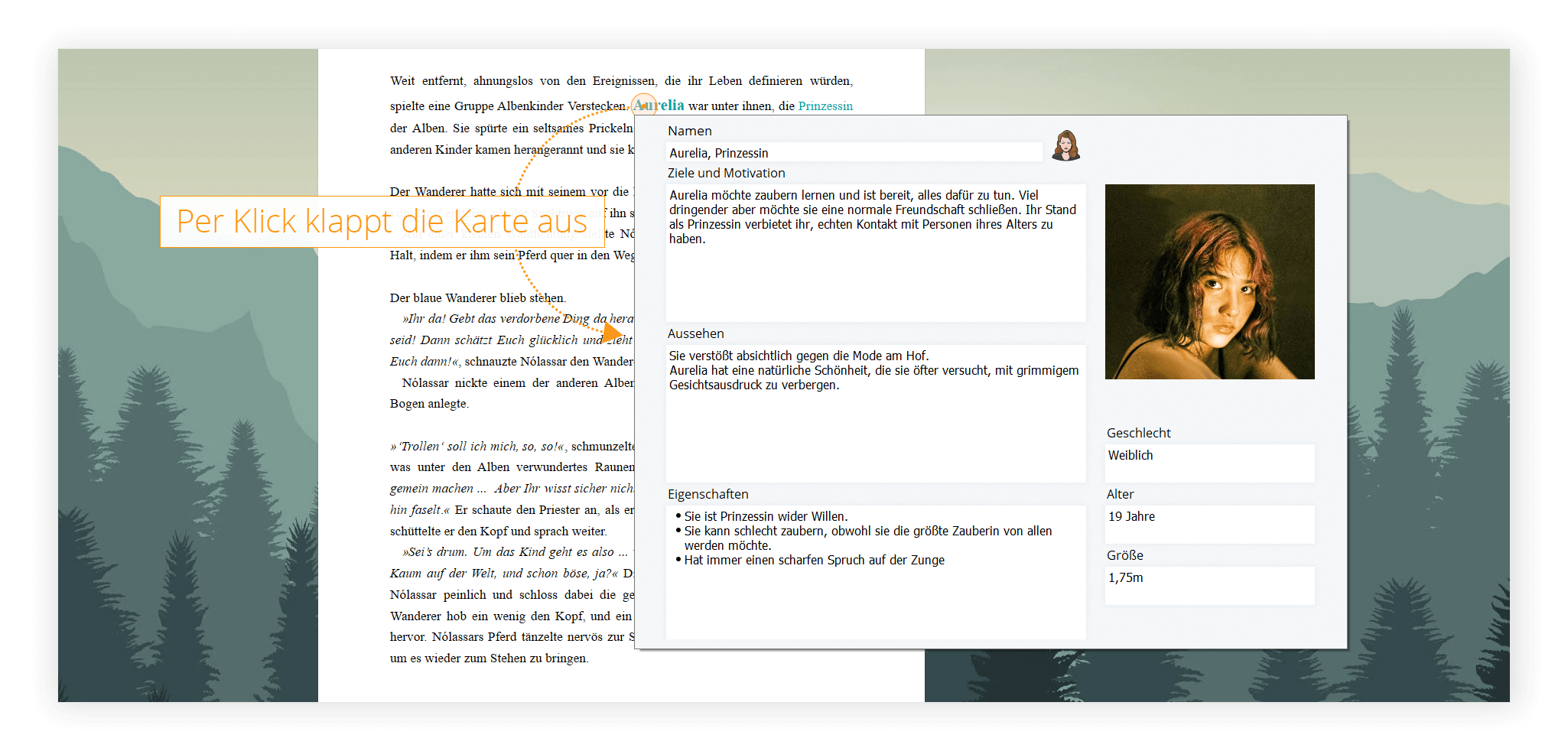

Move cursor one word left (to start of word) Move cursor one word right (to start of word)

Shortcuts: Text Edit (Mac OS X) Shortcut: Hard, manual column break (necessary for multiple columns)įirst letter uppercase, rest lowercase, for block selections, all uppercaseĮxchange characters left ↔ right of text cursorĮxchange words / blocks left and right of cursor

Manual word break with priority for hyphenation Move cursor / selected text blocs in micro-increments (Microspacing)ĭelete a character or text block to the left / to the rightĭelete from text cursor a word part or entire word to the left / rightĭelete a line and copy it to the clipboard Move cursor one word right / left (to start of word) Move cursor one place right / left/ line up / line down –The Apple control key works for other functions in Mac. –The Apple command key works, for the most part, like the key in Windows.

Then there are the special keys, shown here in plain text:īackspace deletes a character to the left.ĬR = Carriage Return = Return creates a new line. The shortcuts for the menu commands can be found in each menu list. The shortcuts are sorted by the following criteria: The following list contains the default settings. List of Keyboard ShortcutsĪll of the following keyboard shortcuts can be redefined if you want. There are also buttons that will open the dialogs for keyboard shortcuts and text macros. There is an option to “Hide mouse pointer while typing”, if you find it bothersome.įurthermore, you can decide whether you would like hyperlinks to be opened with a single click or with a double click. You can also set how far a graphic object should be moved with your arrow keys. “ Display keyboard shortcuts in context menu and tooltips” will display the commands linked with shortcuts not only in the menu, but everywhere. Display settings for the mouse, keyboard shortcuts and more


 0 kommentar(er)
0 kommentar(er)
